It seems as auspicious a start as any to kick off the revival of my bike blog with this recent restoration project that took me down the rabbit hole of Bridgestone’s Japan-only line of touring bikes of the late 1970s and early 1980s. Touted by Bridgestone as the “All-in-One Sports Bicycling System,” the Eurasia line consisted of touring, sportif, and road models supported by a cornucopia of racks, accessories, and apparel all designed specifically for the Eurasia. Click below to continue reading about the Bridgestone Eurasia and my experience restoring one!
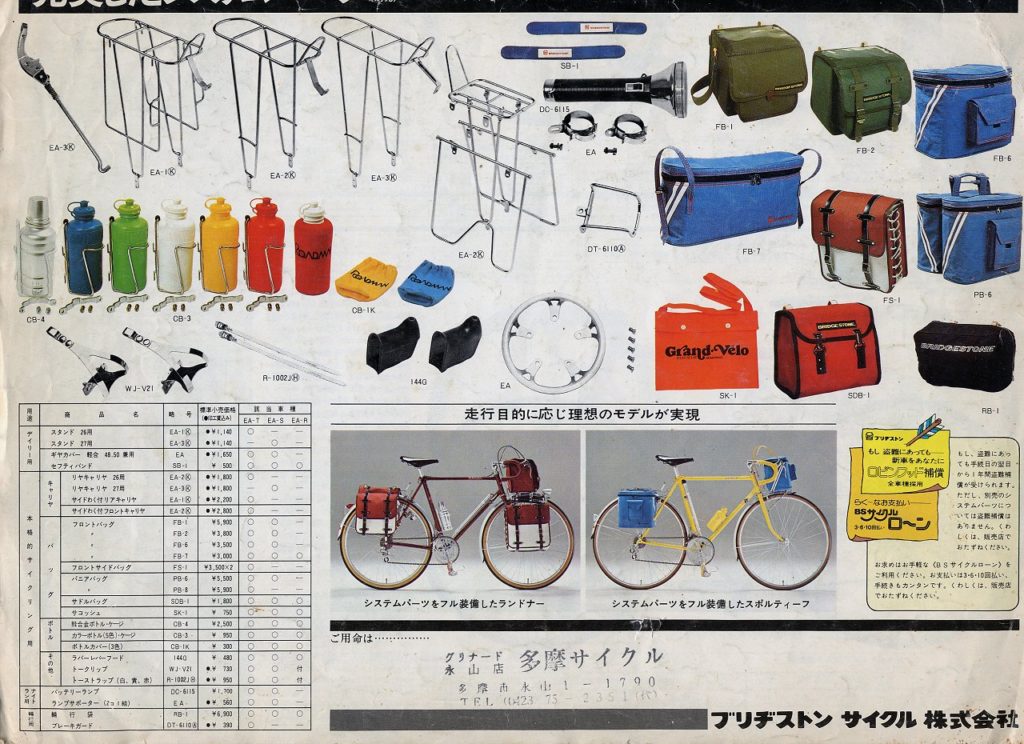
To the left is a page from the 1977 Eurasia catalog illustrating some of the racks, luggage, and accessories available for your new Eurasia.
As a revived passion for cycling swept the world in the 1970s, Japan’s eyes were fixed on the great French traditions of randonneuring and cyclo-camping. Both mass-market and custom bicycles were inspired by French designs of the 1940s and 50s, from frame designs down to even the lugs used.
Some of these bikes reached the American market in the guise of early imports like the Centurion Pro Tour or the Miyata 1000, but in Japan these types of bicycles reached much greater heights of popularity. At the top end of the market were hand built bikes by Toei, Zunow, Alps and others, with premium production models like the Bridgestone Atlantis or Maruishi Emperor close behind.
Eurasia was Bridgestone’s attempt at an affordable option that had the same features and handling of more expensive bikes. The full history of the Eurasia can be found in a great article by Eric Anschutz of Ebykr, and additional history & catalogs can be found at the wondering “Catalog of Reminiscence” website. I’d like to focus on a specific model of the Eurasia, the ES-1 Sportif, and the two Eurasia ES-1s I restored this year.
A “sportif” bicycle occupies the middle ground between a touring bike and a road bike. It’s intended for extended rides, exemplified by the “sportive” which is an all-day long-distance event with many participants, much like a century ride. Branded a “sport tourer” for the U.S. market in the 80s, this type of bicycle typically has a front rack and handlebar bag, and may also include a set of panniers. However, it’s not intended for loaded touring – you might bring a jacket, repair kit and snacks along for the ride, but not a full set of camping gear.
The Eurasia Sportif came in two models – the ES-1 and ES-2, the only difference being the size. The ES-1 is 53cm “square” although the seat tube is measured center-to-top while the top tube is measured center-to-center. The other dimensions and angles are provided in the catalog excerpt above, which originally come from this image (click to launch in a new tab).
Sportif bicycles were likely to be ridden at night, and typically used bottle-style generators mounted on the rear wheel to power a headlight system. The Eurasia was made with this in mind, and features internal wiring that runs from the non-drive-side seat stay to the chain stay, through the bottom bracket shell and up the down tube, where it exits just behind the lower head lug.
I removed the internal wiring on both restorations, preferring the simplicity of a mounted flashlight over the added friction and complexity a generator introduces. It’s also a period-correct option – check out the flashlight in the catalog scan above!
The ES-1 supports multiple rack configurations via attachment points on the fork and drop-outs. As an all-weather bike, fenders are also standard fare. For these reasons, sportif bicycles work well for commuting, too. No bicycle is perfect for every application, but the sportif is a great choice for several common riding styles.
Perhaps the most distinctive feature is the direct-mount center-pull brake calipers. They provide vastly better braking power and response than typical bolt-on styles, and their origin goes back to French bikes of the 1920s and 30s. Thanks to custom builders and tastemakers such as Peter Weigle and Johnny Coast, as well as modern caliper options from Paul Components, this type of brake system has made a resurgence of late.
This particular Bridgestone came to me as a frameset that I acquired via Yahoo JP auctions. Eurasias are fairly common on the Japanese market, and often priced attractively. Unfortunately, they (and bikes from Japan in general) can cost 2-3x the price of the bike to ship to the USA. As a result, they are very rare stateside, but social media searches have revealed a passionate collector community in southeast Asia, especially Thailand and the Philippines. There’s at least one ES-1 in England, seen in this thread on the London Fixed Gear forum and owned by a British collector who took his restoration to the next level with multiple frame modifications.
At left is the frame in its original livery. It’s not clear up close, but it had enough chips, scratches, and stains that I decided to have it sandblasted and powder coated gloss black.
I decided to use new-old-stock Dia-Compe 610 brake calipers and levers that were anodized black, and chose matching hammered fenders. The headset is original, and uses a circlip under spring tension to hold in the bearing cages; a cool detail I haven’t seen before.
The main triangle is made of 4130 chromoly steel, with hi-tensile steel used in the rear triangle, fork, and dropouts. It’s not a lightweight frame, but the materials and frame geometry yields a plush, stable ride that keeps you comfortable across many hours and miles in the saddle.
Since I was only working with a frameset, all of the components except the headset are not original to the bike. I used a Shimano 600 “Arabesque” group set, with a medium-cage rear derailleur to handle a wide-range freewheel. I spent months searching for the crankset, made by Sugino for Bridgestone. I initially thought these were not originally used on Eurasias, but later I have seen stock photos of Eurasia bikes equipped with them. The SR seatpost is the same model spec’d for the ES-1, while the Dia-Compe stem was just a good aesthetic match. The wheelset is brand new, with Wheelmaster hubs and Weinmann LP18 rims which are a dead ringer for the original wheelsets which used Shimano hubs and Araya rims. Brand new 700x28c Michelin Dynamic classic skin wall tires keep up the classic vibe. The handlebars are GB “Randonneur” bars with a shallow drop and a classic flare, wrapped in Newbaum’s cloth tape. The original would have been a Nitto with deeper drops, but the GBs are period-correct and match nicely.
I’m very happy with the results of this restoration. It was one of my first “complete” restorations in several years, and I spent about two months working on it in fits and starts. Since all I was working from was a frame, I had to do extra research to understand how it was originally equipped, and to put together a build that would ride well while still being authentic to the time period, if not the original specs. The next ES-1 I would restore came to me as a complete bike, giving me a chance to compare the choices I made in this restoration to Bridgestone’s stock configuration.
Enjoy the gallery below and feel free to shoot me any questions.

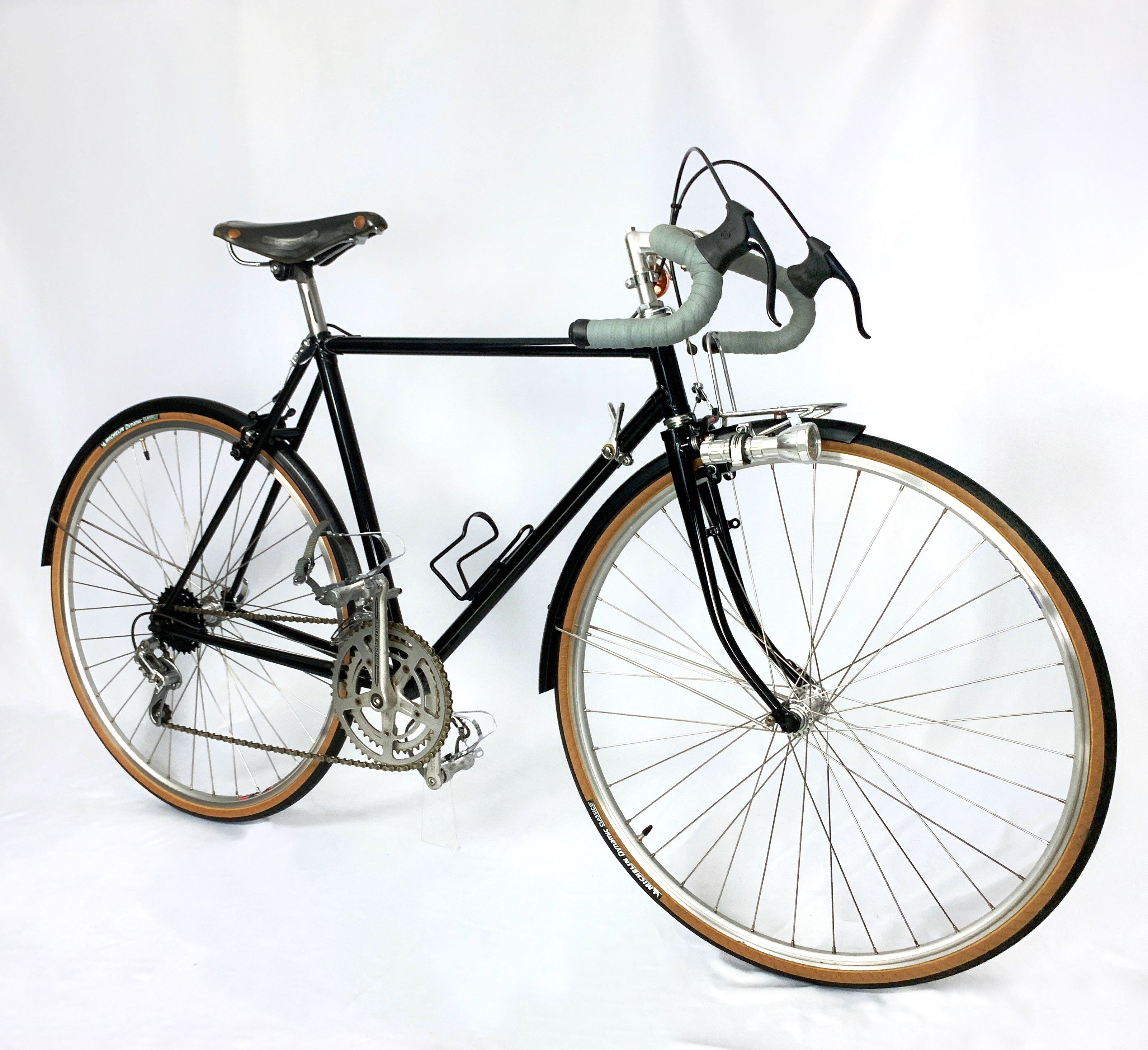
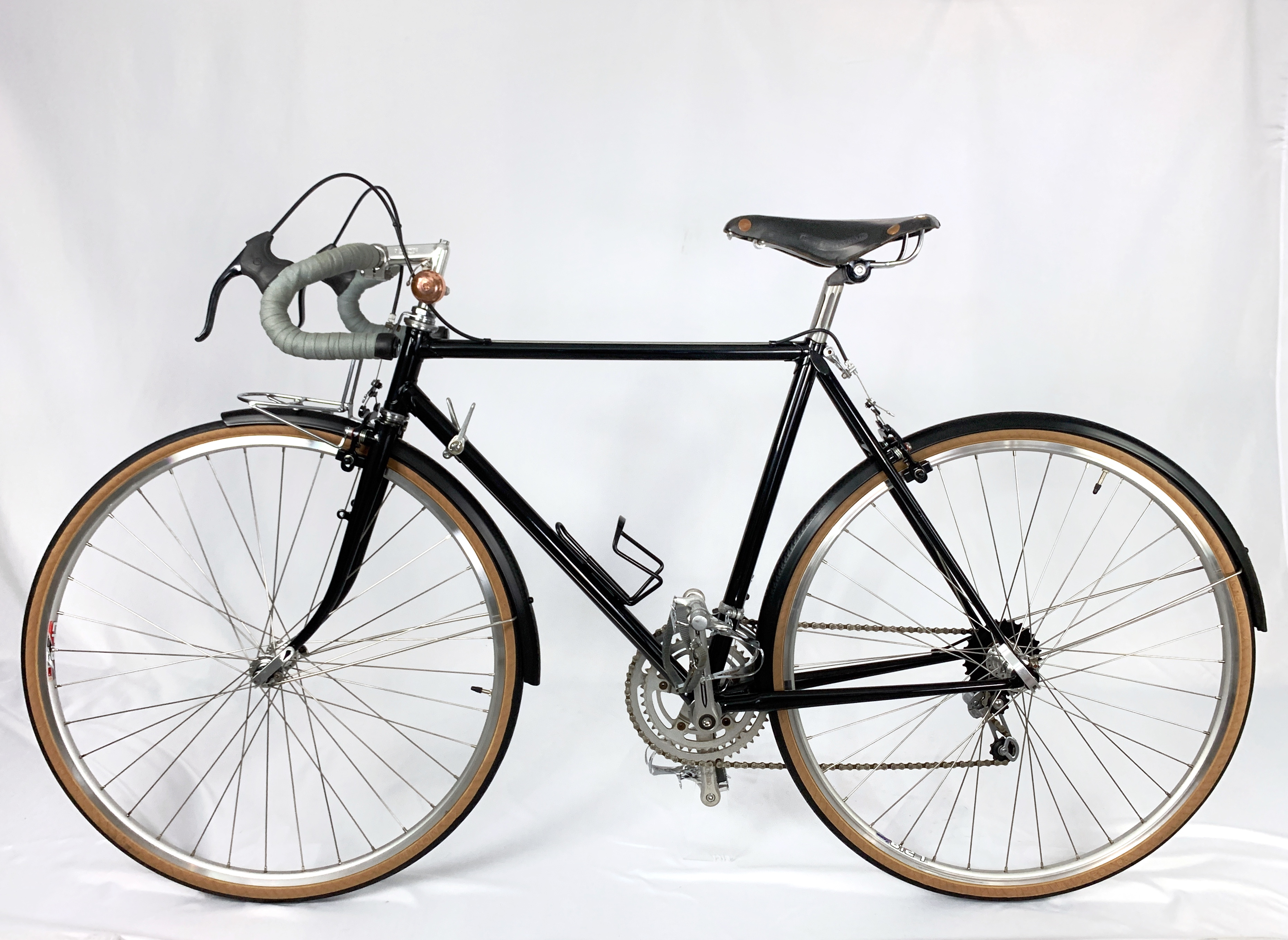
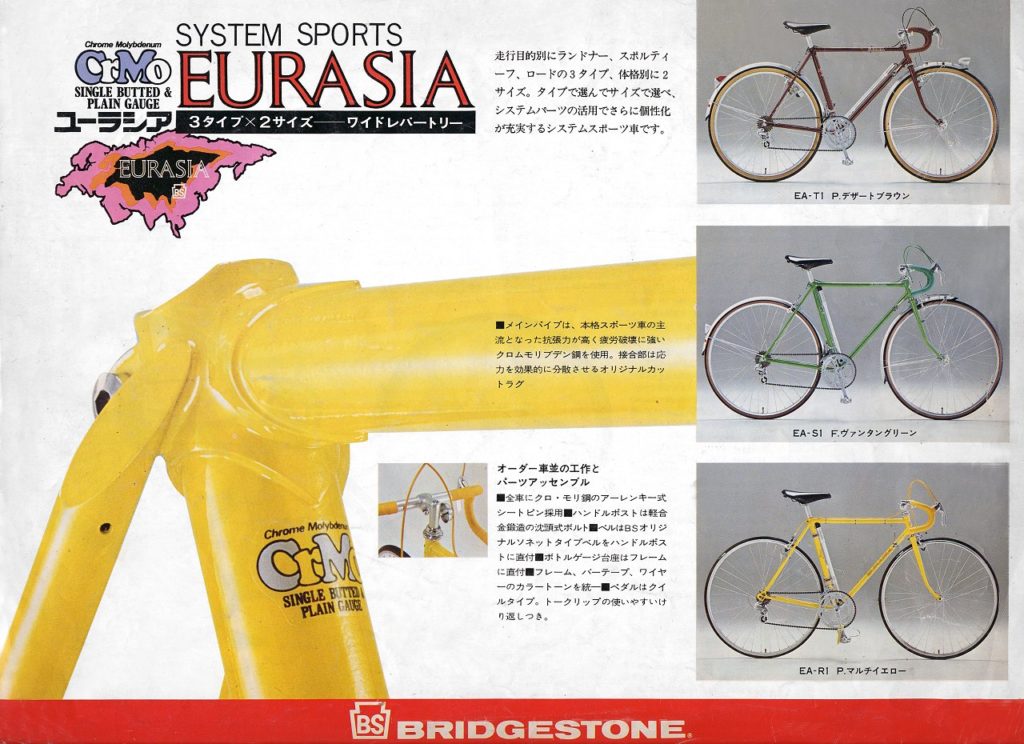
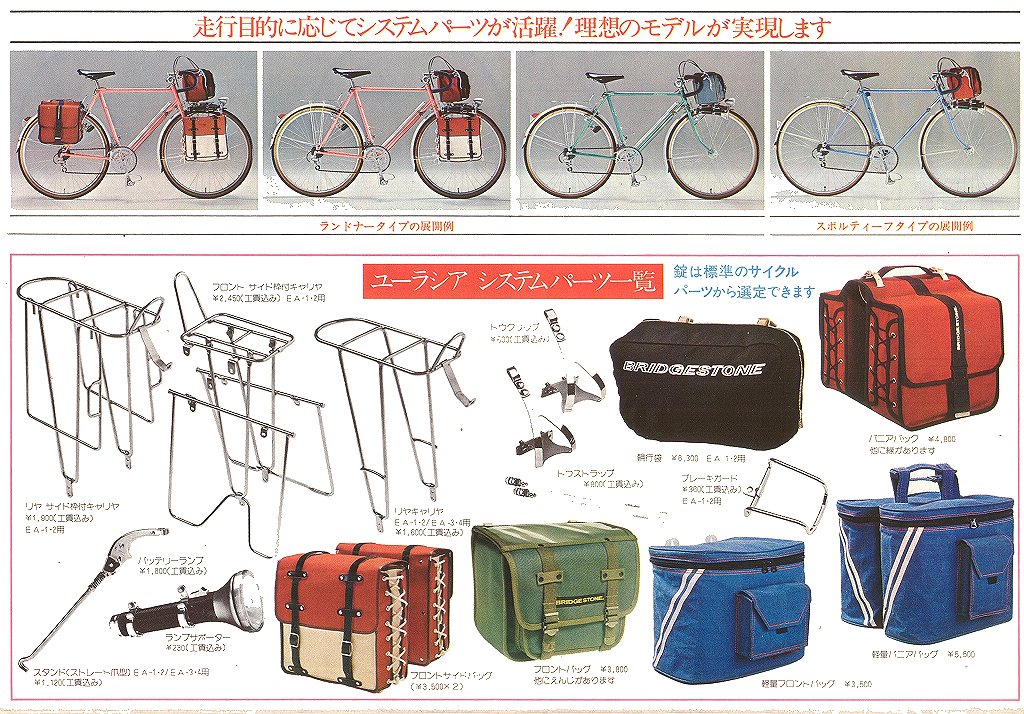

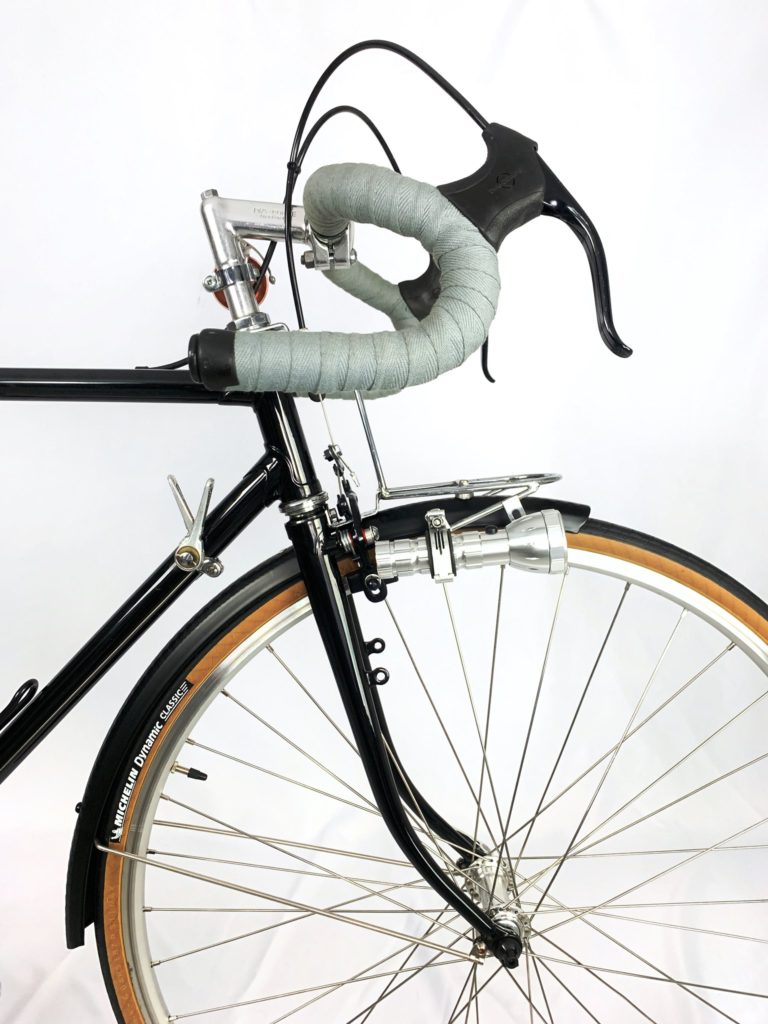
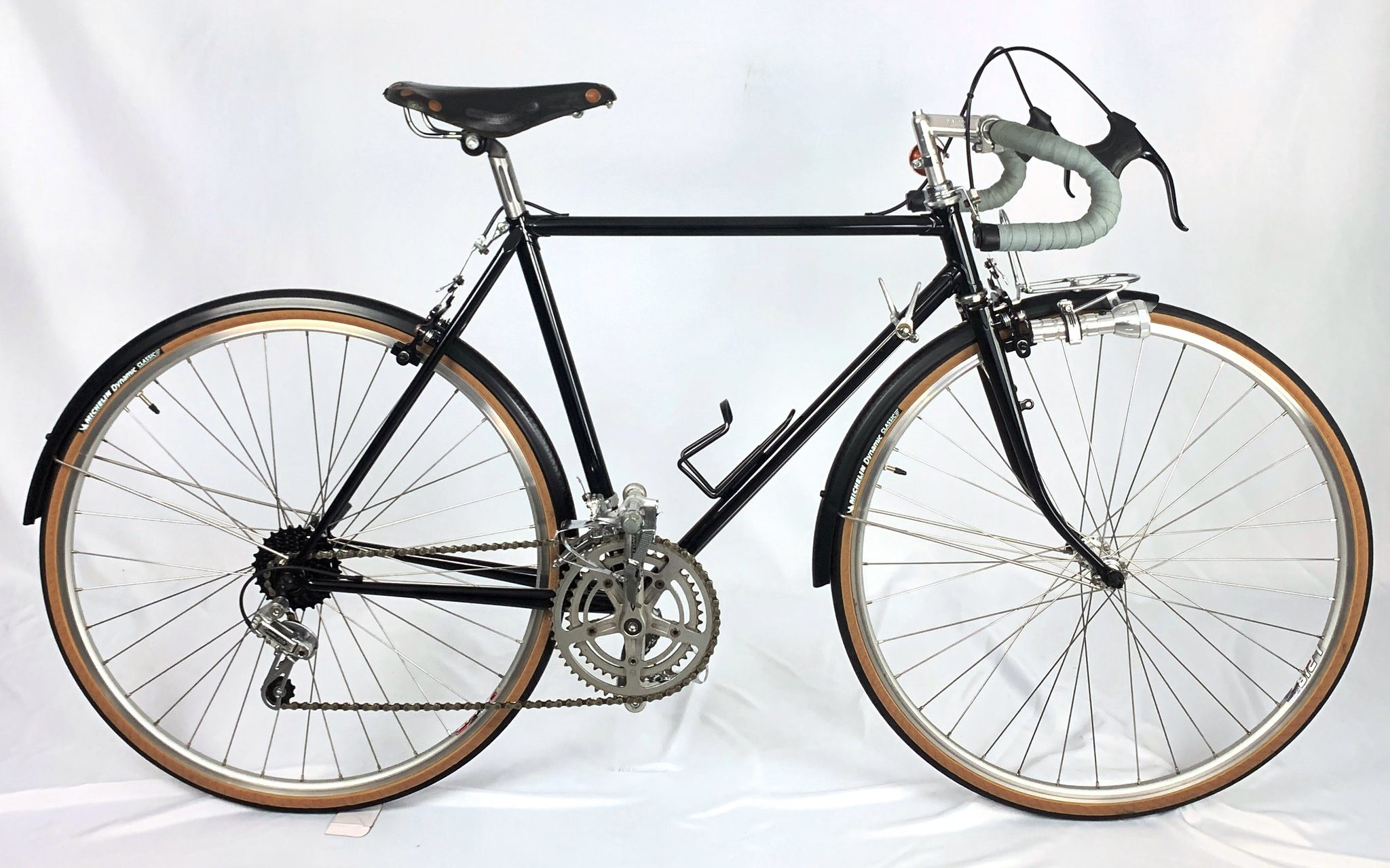
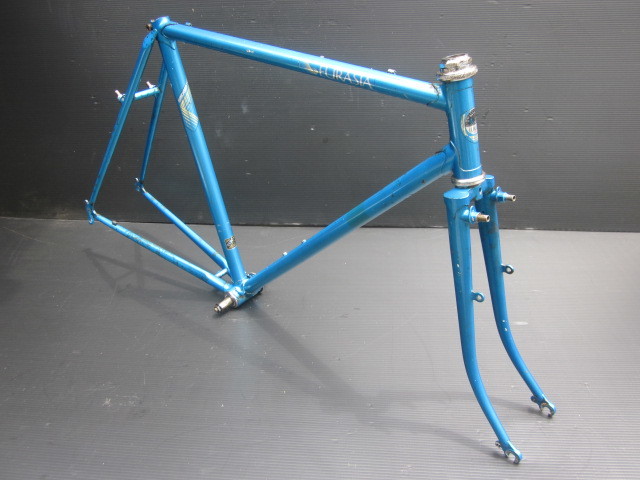
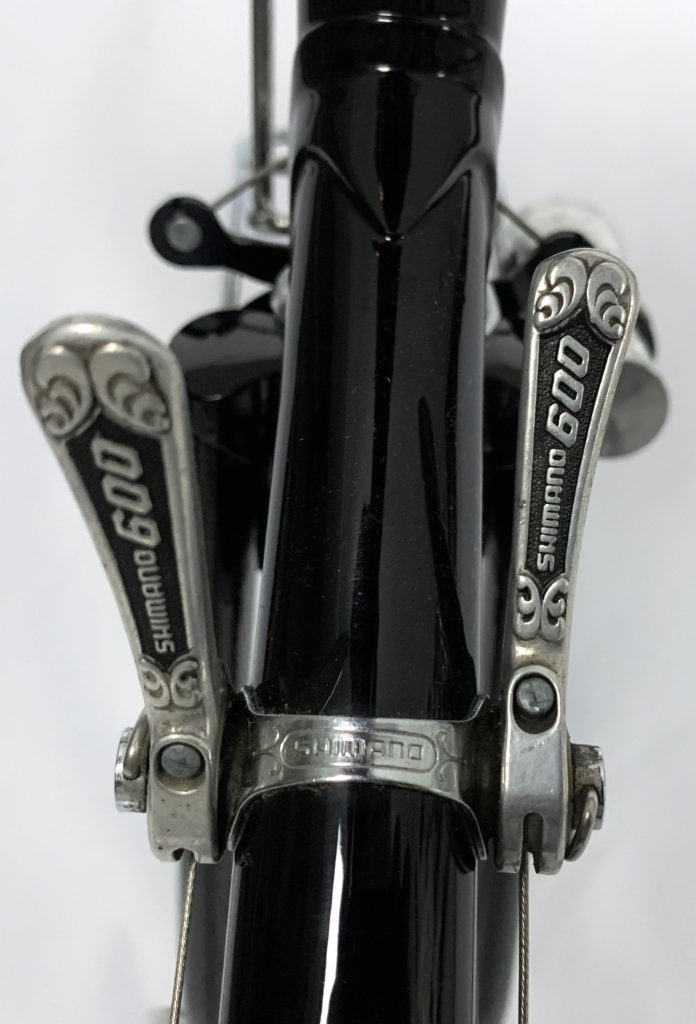
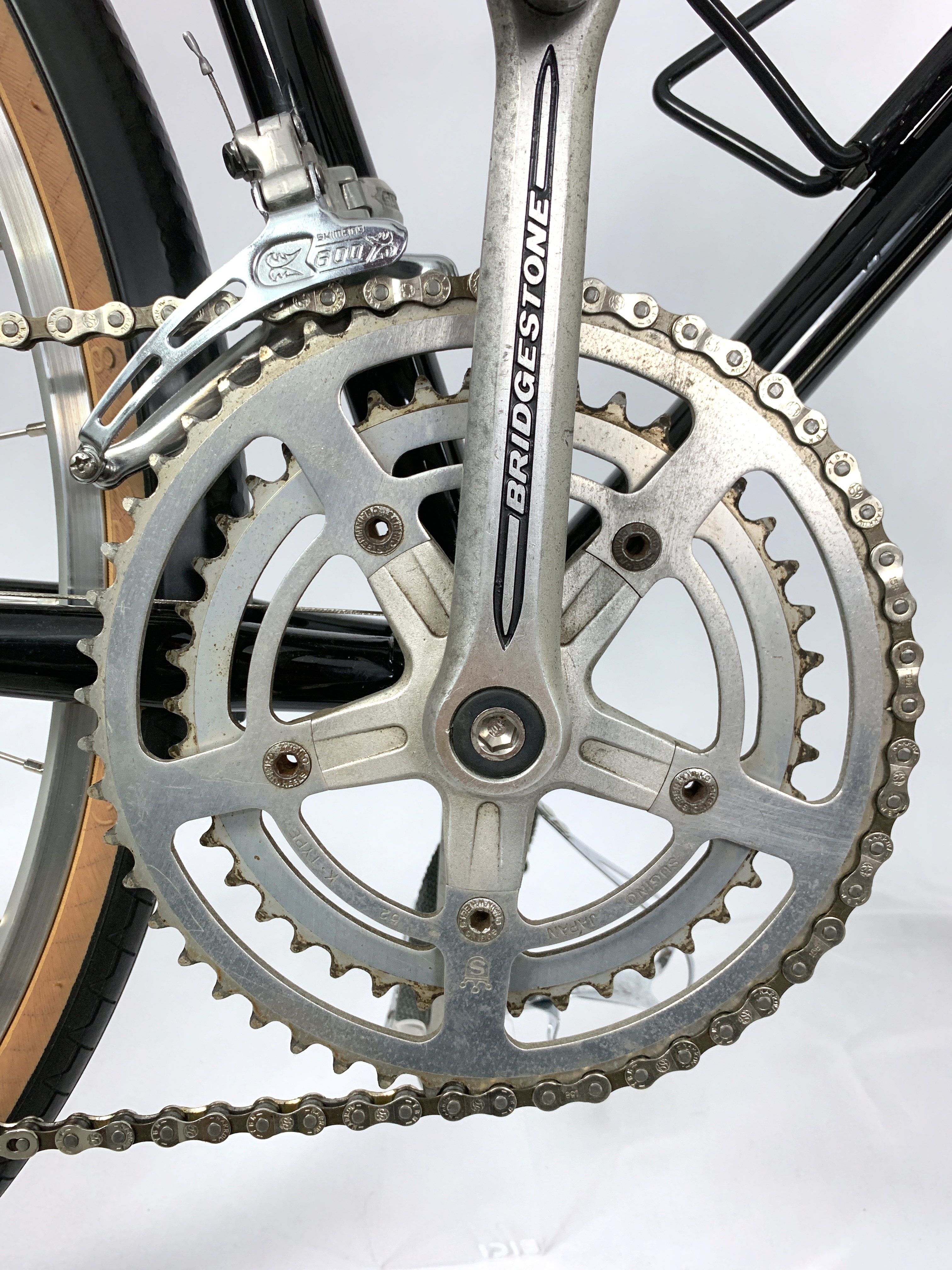
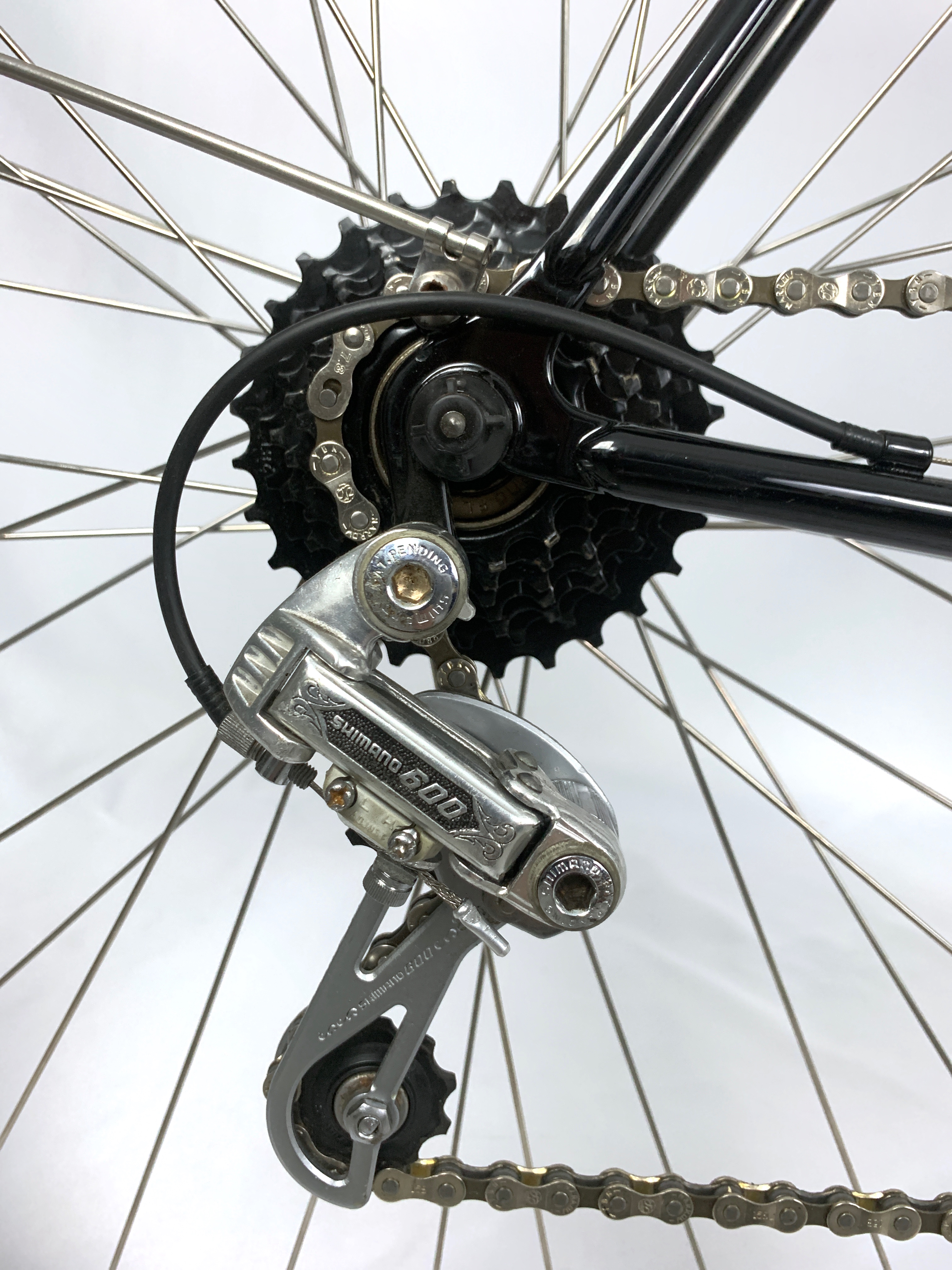
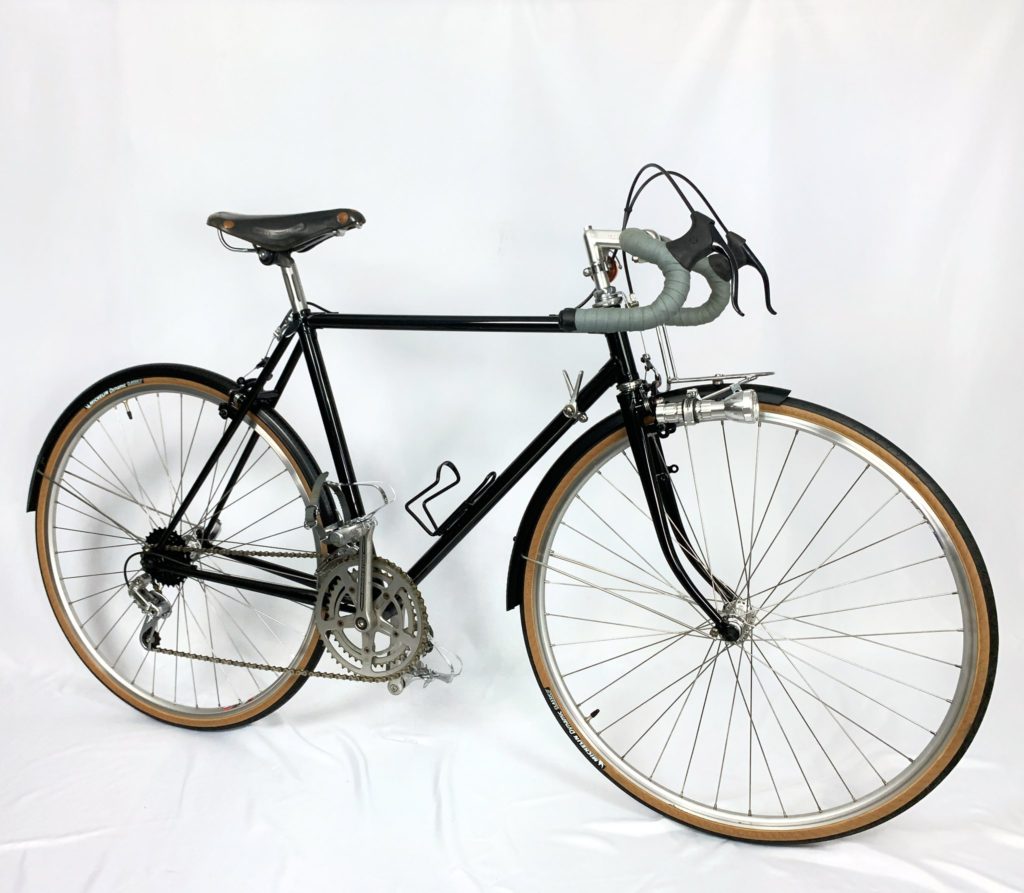
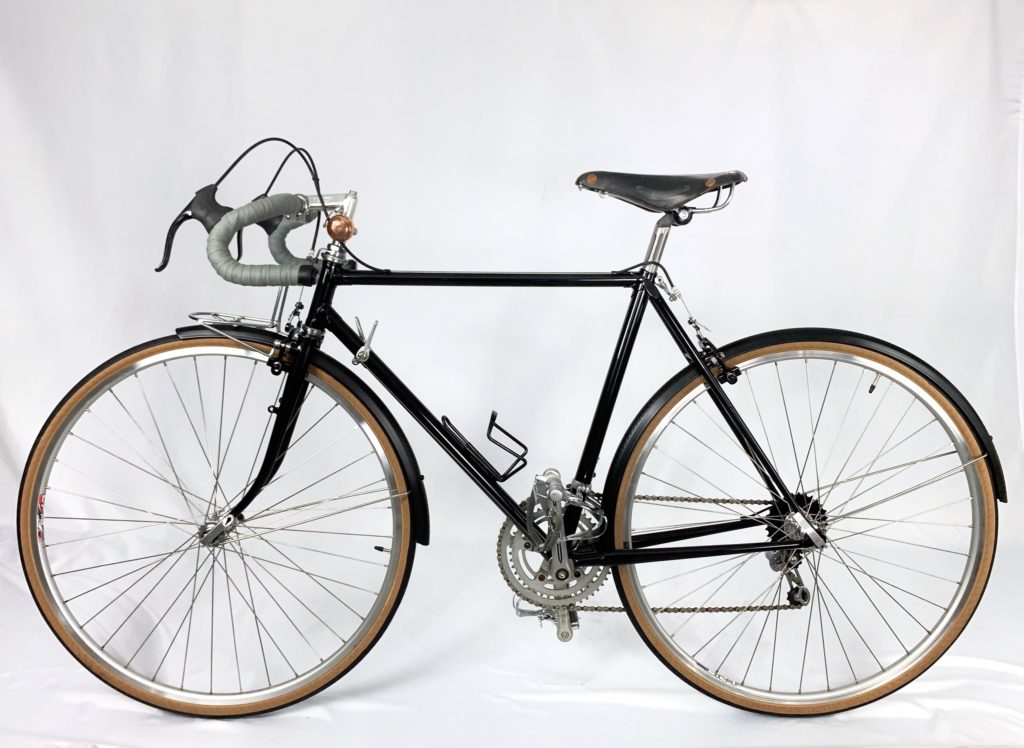
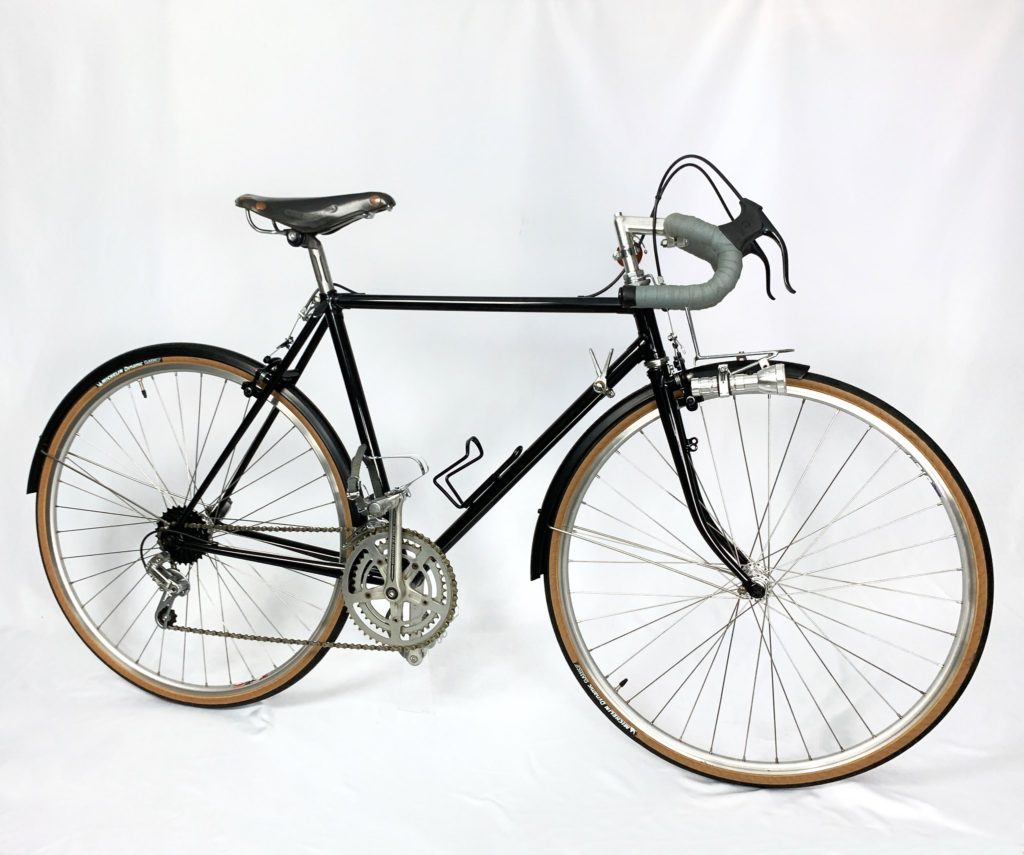

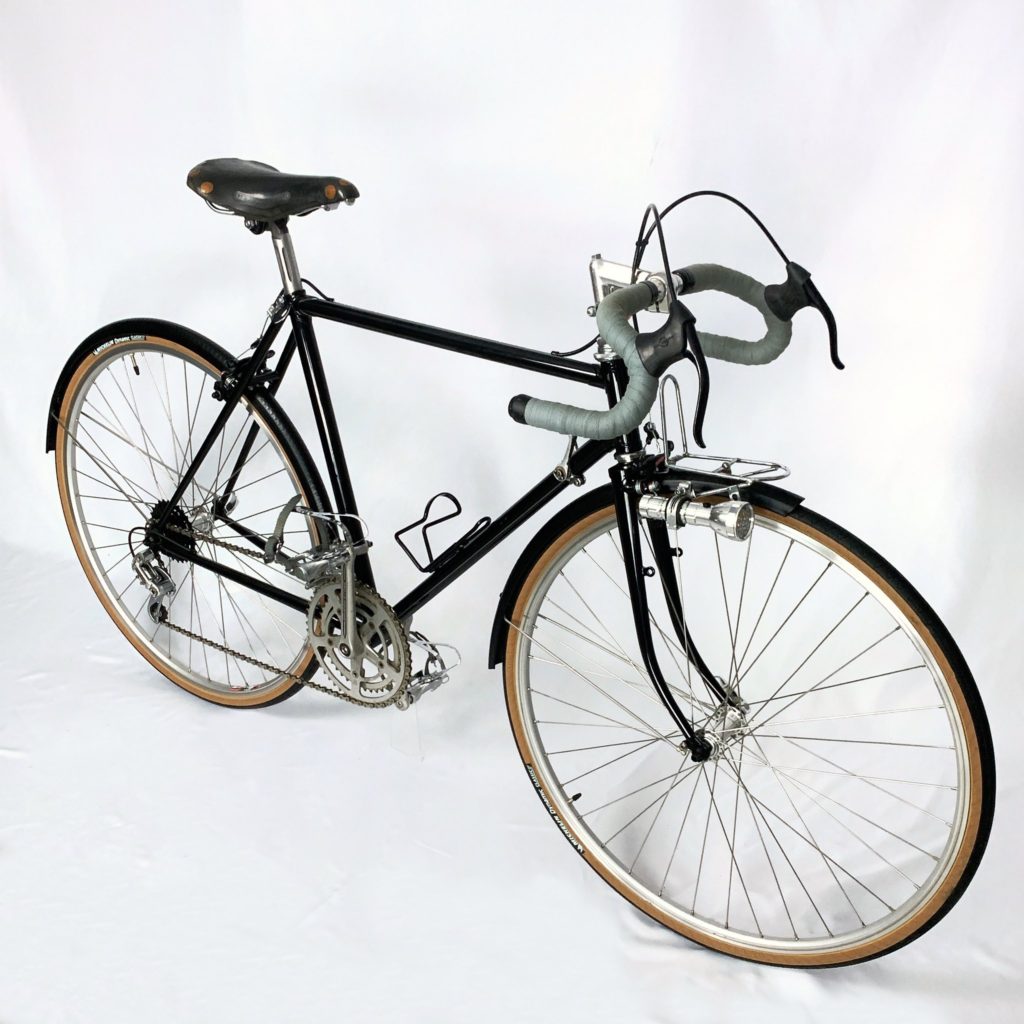
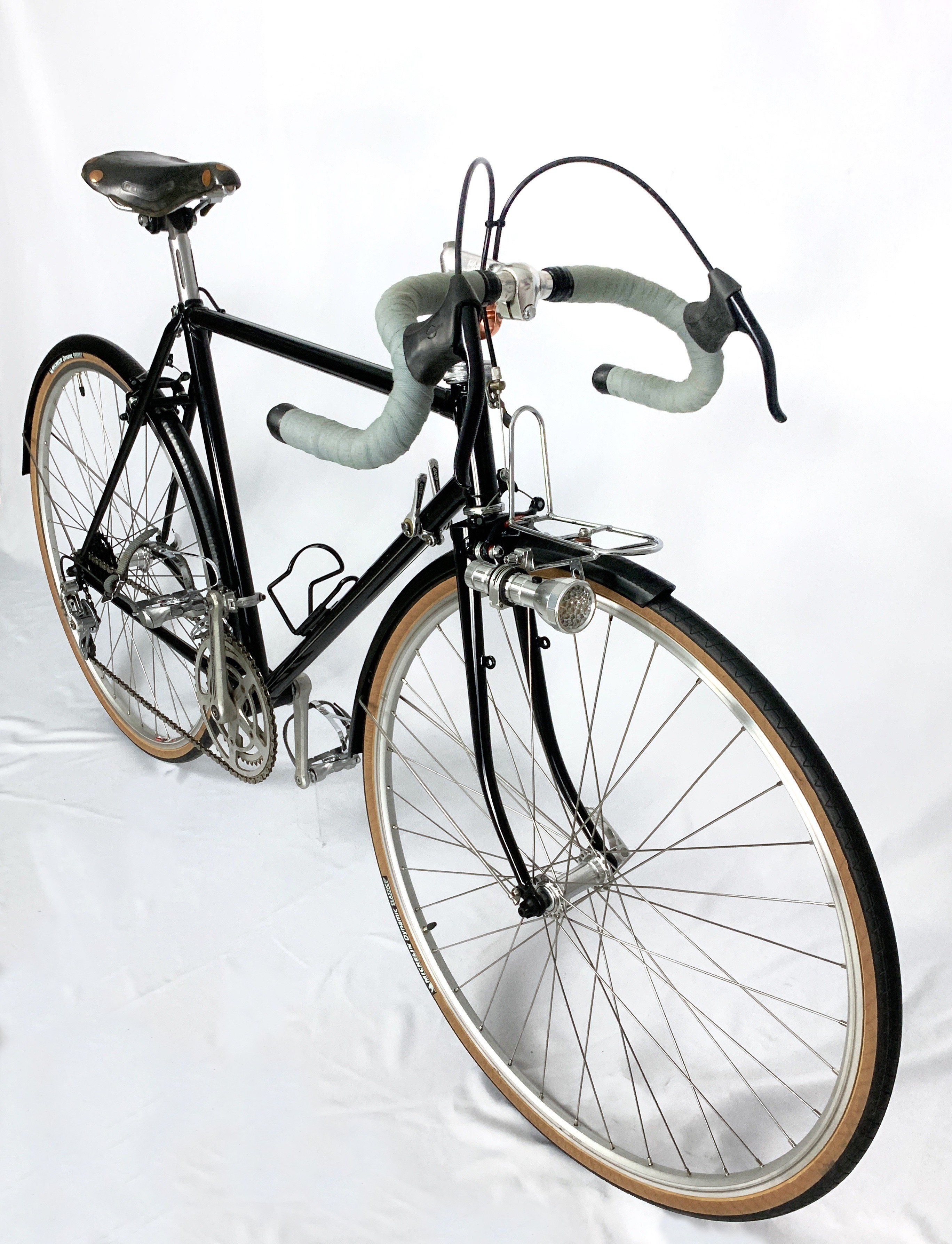
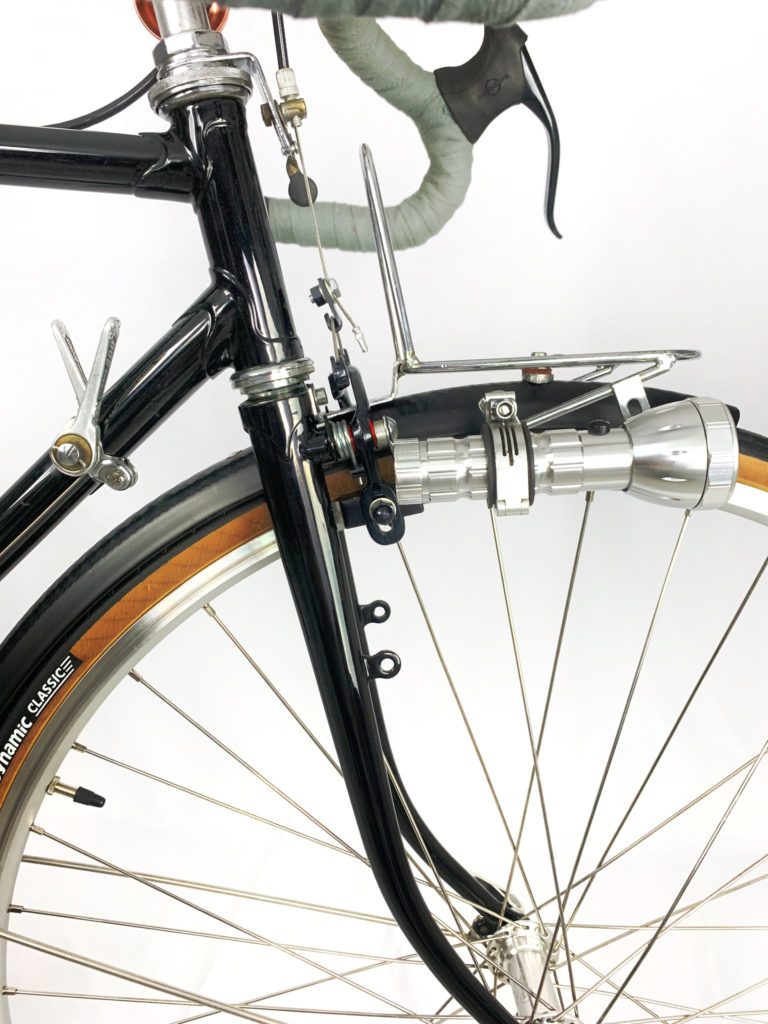


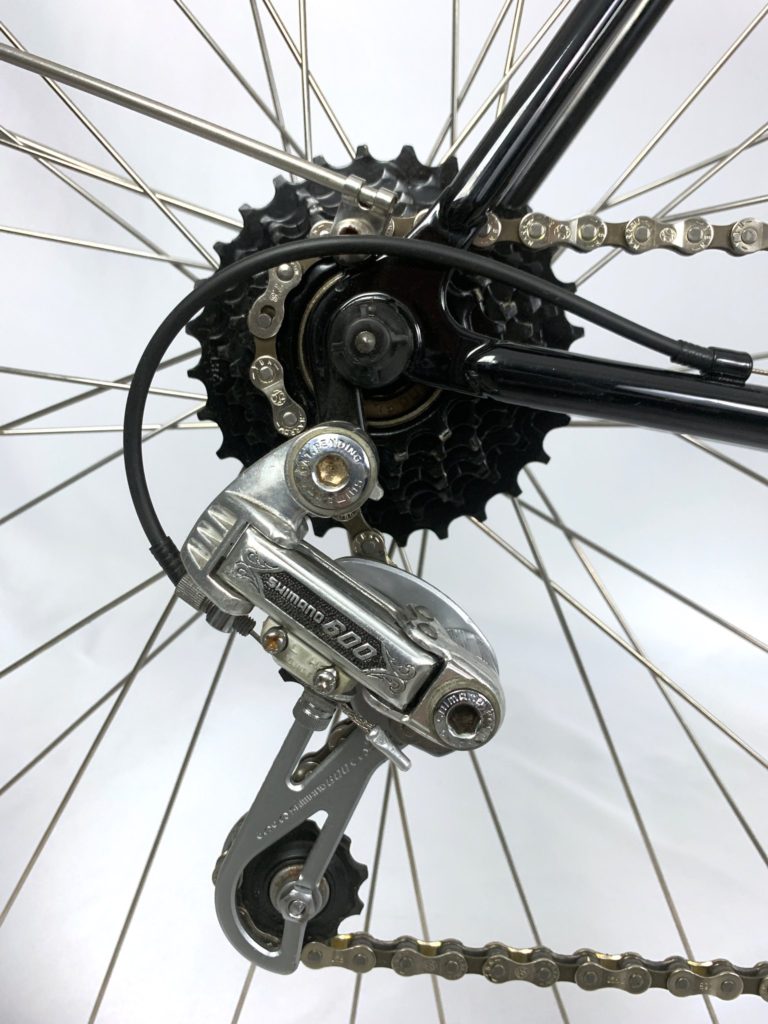
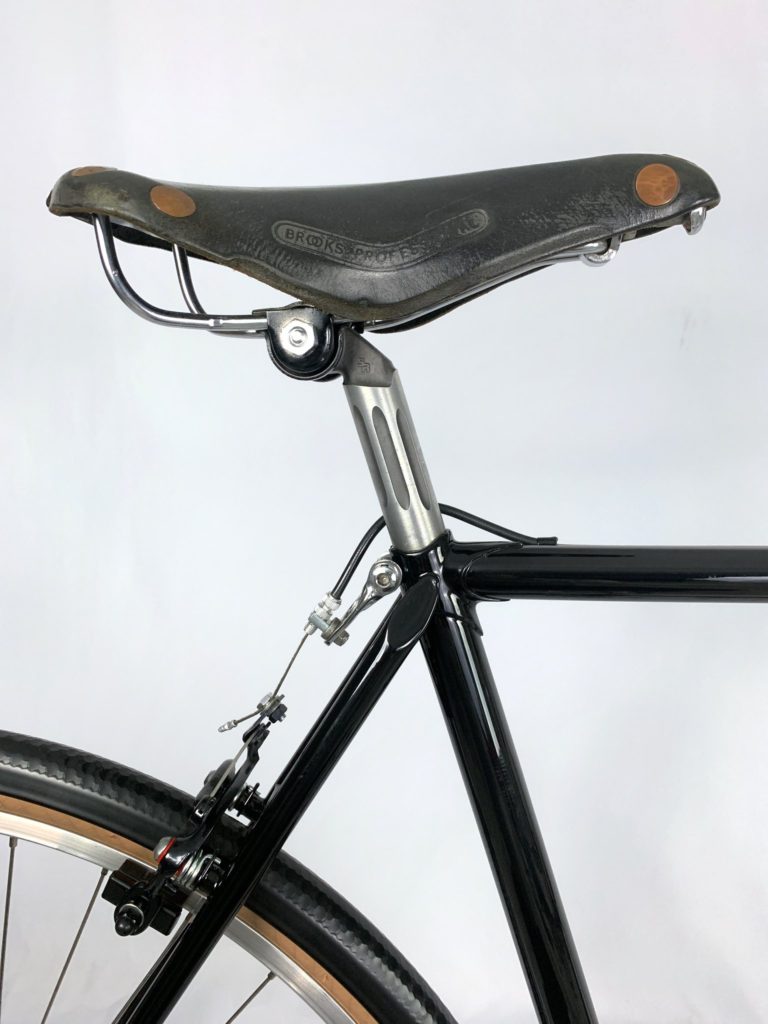
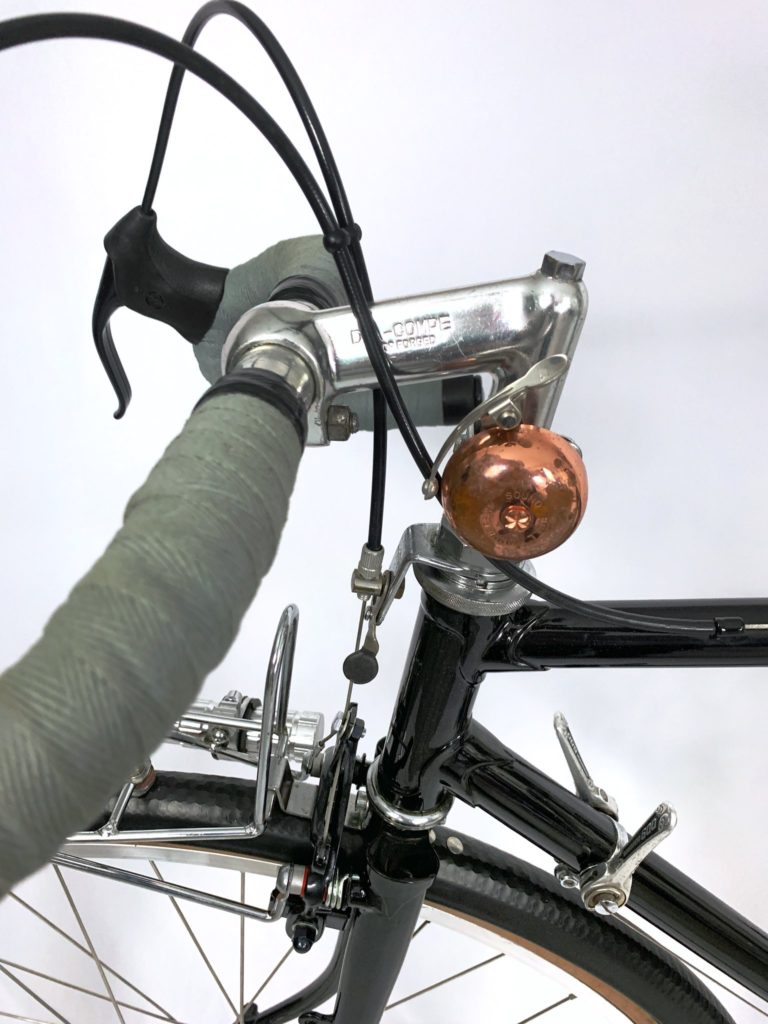

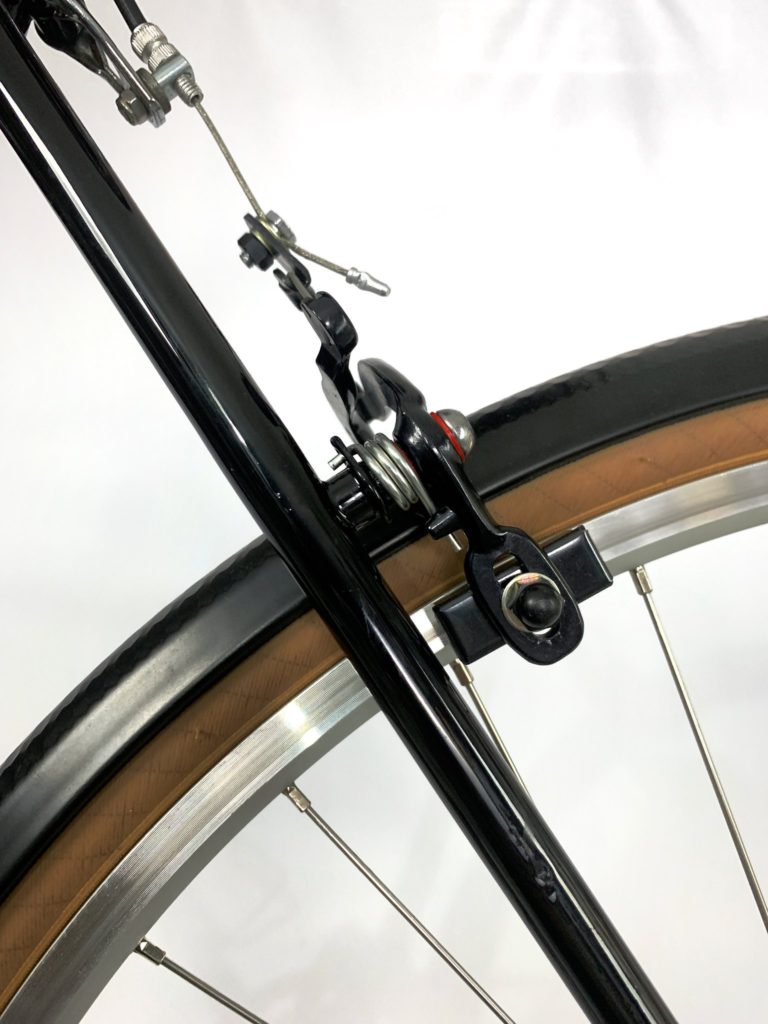
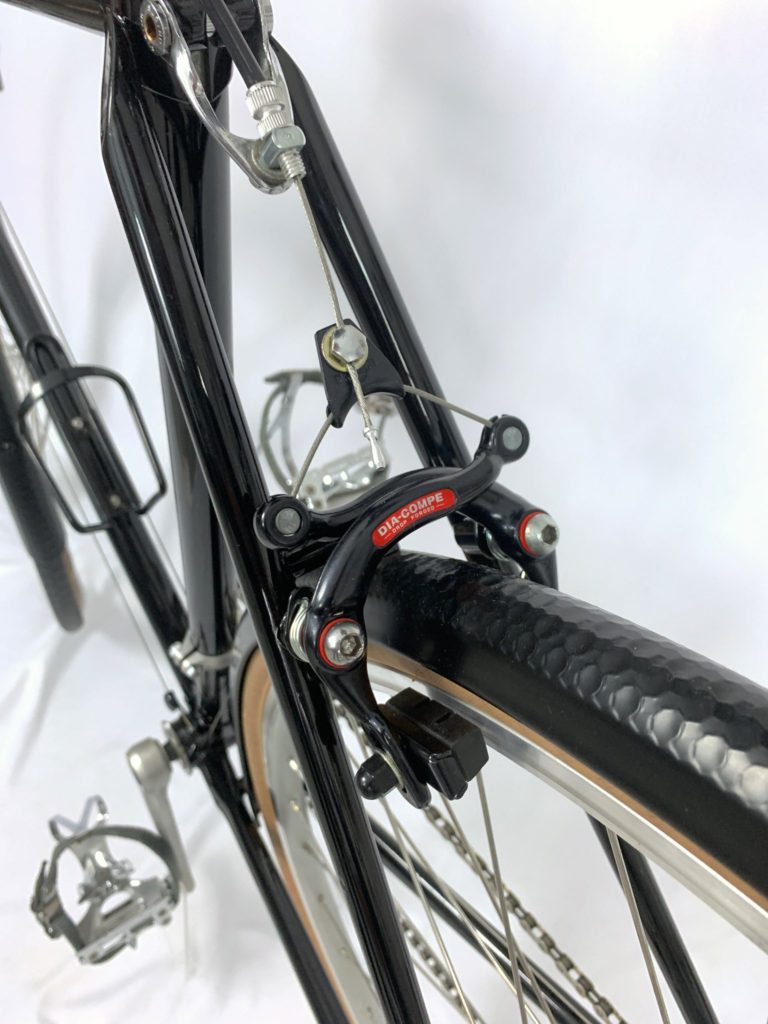
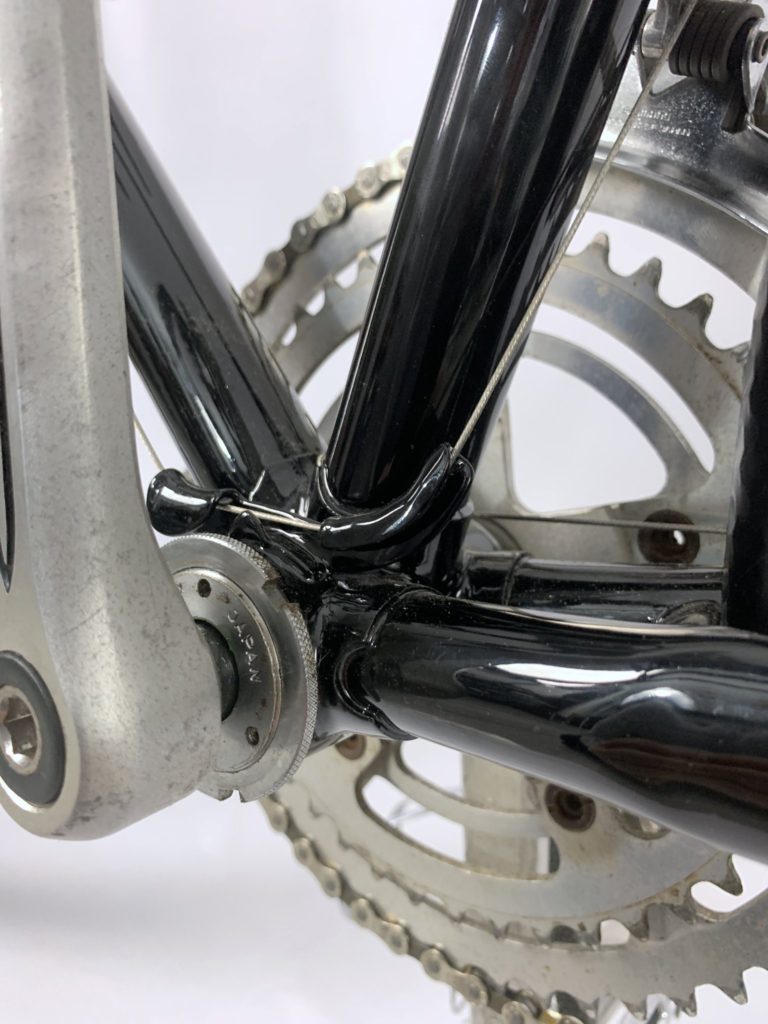
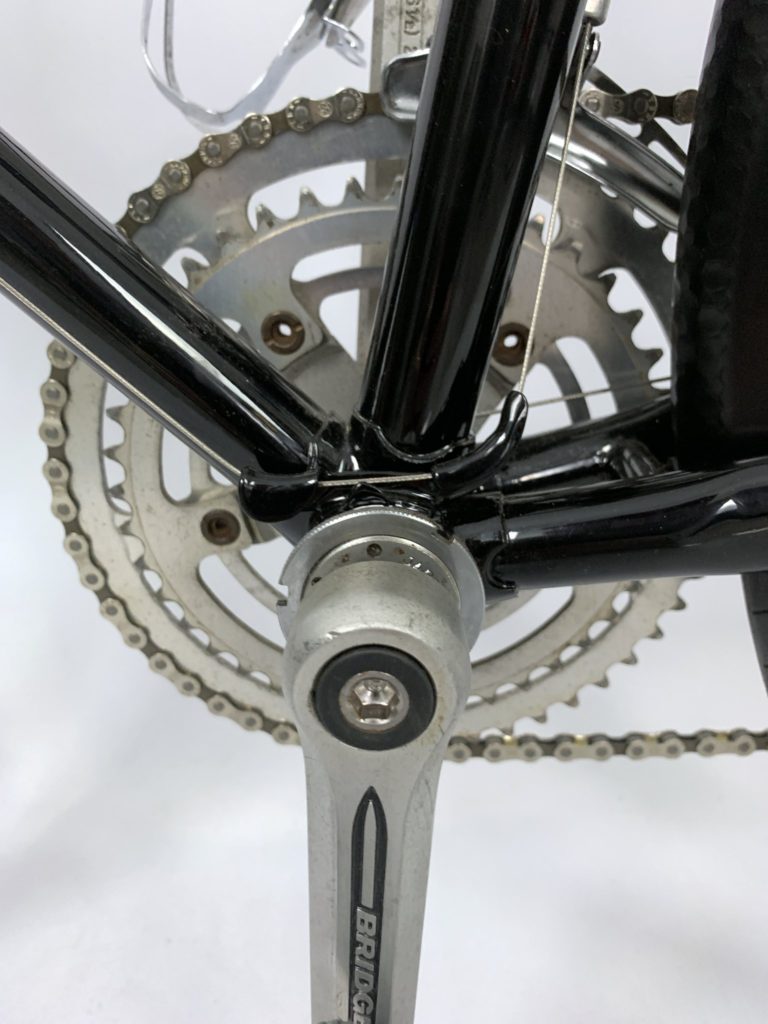
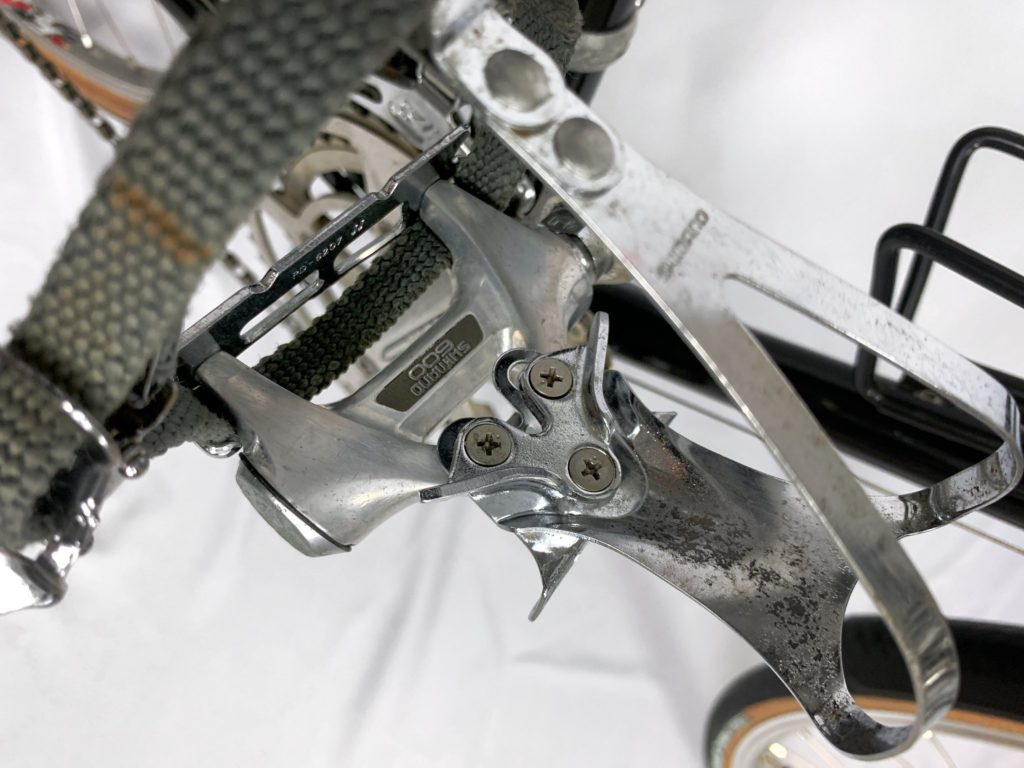
Good to see you back after a five year hiatus! The Eurasias are cool finds – so amazing how closely the Japanese followed the French in their cyclotouring styles. That was truly a unique era for bikes.
How much is a furasia 10 speed from 1976 worth today ?
Shawnda, in the USA a 1976 Eurasia in good condition will be worth around $600-800 depending where you live.